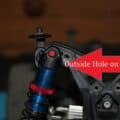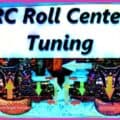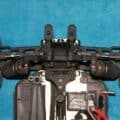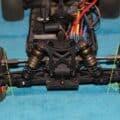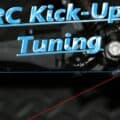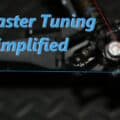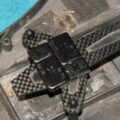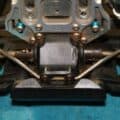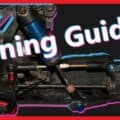Optimize RC car performance with precise camber link tuning. Explore how adjusting lengths influences handling, traction, and stability. Get the edge on the track!
This site contains affiliate links. When you click links, Especially with the word (Ad) you Help the site Grow. The site may receive a commission, at no additional cost to you!
Please send Feedback – Click on Links – Social Share… To help the sight Grow!!!
| Adjustments | Results |
|---|---|
| Moving the camber link up or Making the camber link longer | – Gives more overall traction – Makes the car more stable |
| Moving the camber link down or Making the camber link shorter | – Improve responsiveness – Delivers increased peak traction but drops off abruptly |
| Longer Camber Links | – Feels more stable – Usually easier to drive – More overall and consistent grip – More grip at the middle end of the turn – after roll/weigh transfer has occurred |
| Shorter Camber Links | – Respond and change direction more quickly at the beginning of the turn – The initial grip is high – Then falls off at the middle end of the turn |
| Note: | – Changes to Inboard/Outboard Camber Link Location will change your camber gain and roll center – Visit our Roll Center Tuning for more info |
| Inboard Camber Link Location on Tower | – Moving the links inward gives rotation off-power and more grip on power. also adds stability. (More overall grip – consistent) – Moving the links outward gives rotation on power. (More max grip but falls off – inconsistent) – Moving the link down gives better performance in bumpy turns – Moving the link up gives better performance on smooth turns |
| Outboard Camber Link Location on Hub | – Moving the link to the inward gives rotation off-power. (More max grip but falls off – inconsistent) – Moving the link to the outside gives rotation on-power and grip off-power. also adds stability. (More overall grip – consistent) – Moving the link down gives better performance on smooth turns. – Moving the link up gives better performance in bumpy turns. |
| Other Useful Links | For more on Tuning With Camber Links visit these websites – www.competitionx.com – Camber Link Locations – www.rctech.net – Tune With Camber Links – www.sodialed.com – Camber & Camber Links – www.rcshortcourse.com – Roll Center/ Camber Link Positions |
Quick summary of adjusting camber links
Learn how to easily adjust the camber links on your RC car with our quick and informative guide.
Moving the camber link up / Making the camber link longer
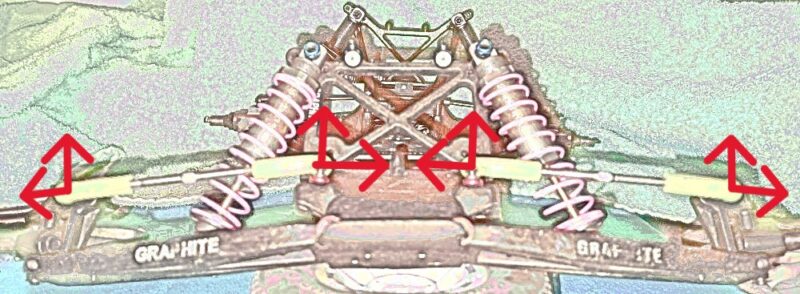
- Gives more overall traction
- Makes the car more stable
Moving the camber link down / Making the camber link shorter
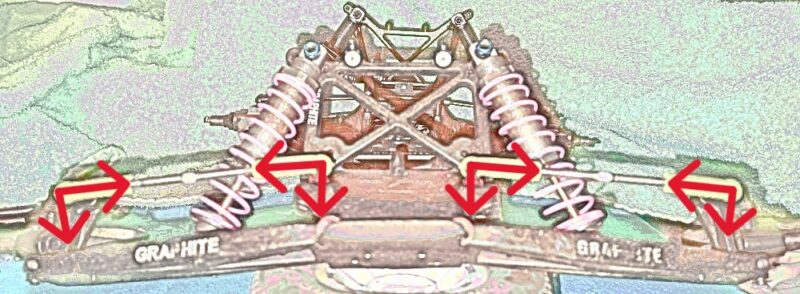
- Improve responsiveness
- Delivers increased peak traction but drops off abruptly
Adjusting the Front Camber Link
Learn how to fine-tune your RC car’s handling by adjusting the front camber link.
Longer Front Camber Link
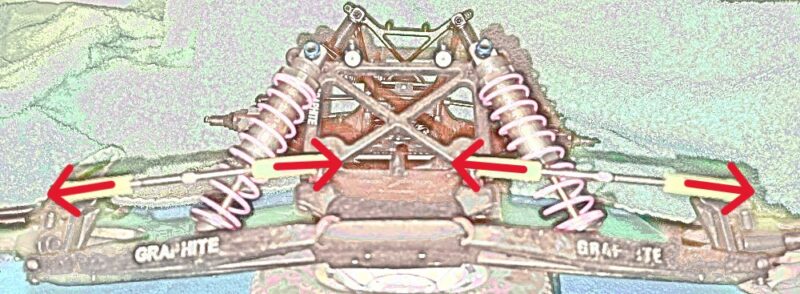
- Feel more stable
- Usually easier to drive
- More overall and consistent grip
- More grip at the middle end of the turn – after roll/weigh transfer has occurred
Shorter Front Camber Link
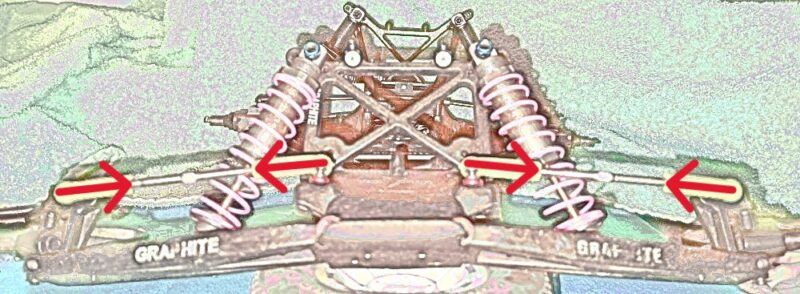
- Respond and change direction more quickly at the beginning of the turn
- The initial grip is high – Then falls off at the middle end of the turn
Raising the Front Camber Link

- Feel more stable and consistent
- Less initial steering
- More steering after roll/weigh transfer has occurred
Lowering the Front Camber Link
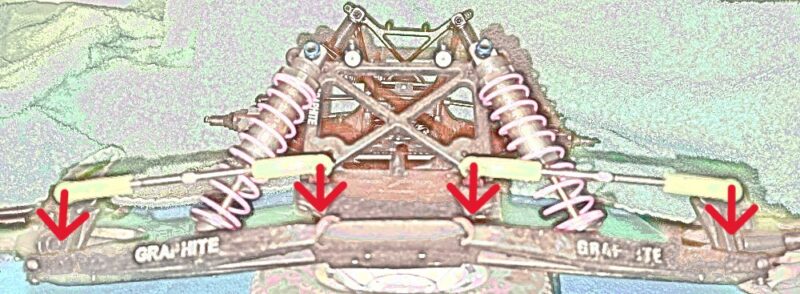
- Initially makes the car responsive and changes direction more quickly
- Can make the car hard to drive and unstable
Adjusting the Rear Camber Link
Note: it is essentially a copy and paste of the front adjustment for it’s doing the same thing but getting it right will yield more performance gain than the front adjustment!
Longer Rear Camber Link
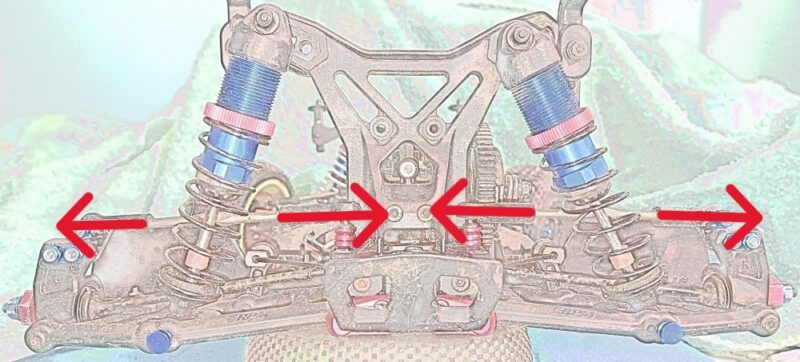
- Feel more stable
- Usually easier to drive
- More overall and consistent grip
- More grip at the middle end of the turn – after roll/weigh transfer has occurred
Shorter Rear Camber Link
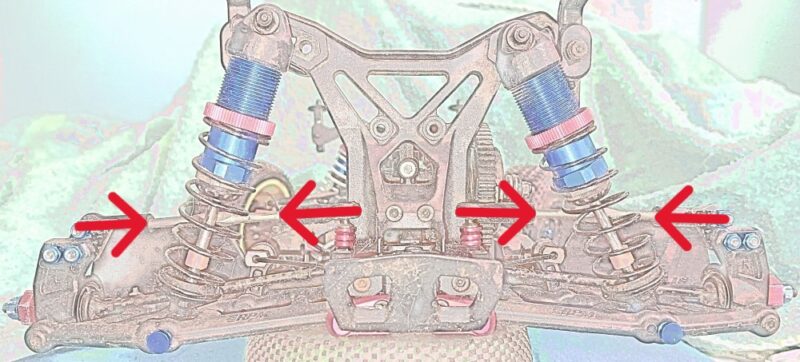
- Feel more stable
- Usually easier to drive
- More overall and consistent grip
- More grip at the middle end of the turn – after roll/weigh transfer has occurred
Raising the Rear Camber Link
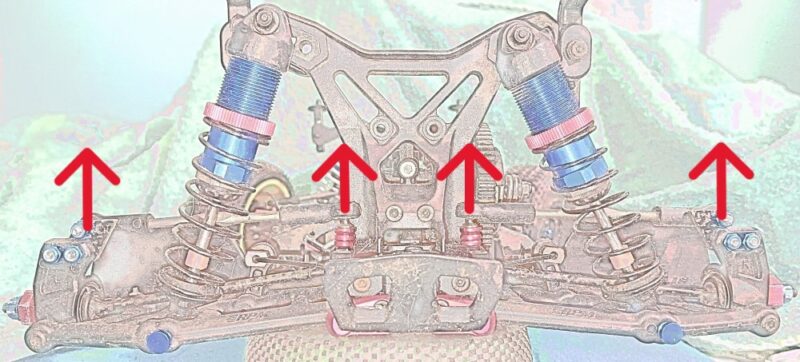
- Feel more stable and consistent
- Less initial steering
- More steering after roll/weigh transfer has occurred
Lowering the Rear Camber Link
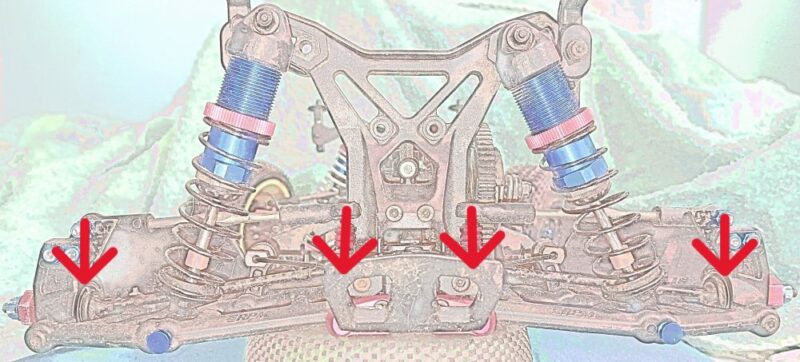
- Initially makes the car more responsive and changes direction more quickly
- Can make the car hard to drive and unstable
Camber Link Location on Tower
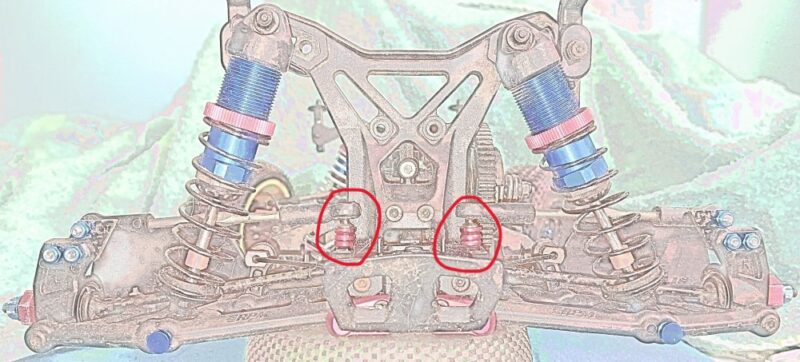
- Moving the links inward gives rotation off-power and more grip on power. also adds stability. (More overall grip – consistent)
- Moving the links outward gives rotation on power. (More max grip but falls off – inconsistent)
- Moving the link down gives better performance in bumpy turns.
- Moving the link up gives better performance on smooth turns.
Note: Adjusting the link inward or outward at one end is affected more by the load transfer of the car. For this, adjusting the link on the tower side has a greater effect.
Camber Link Location on Hub
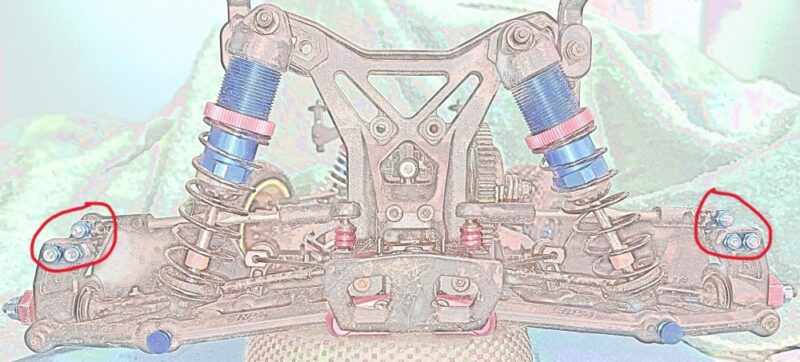
- Moving the link to the inward gives rotation off-power. (More max grip but falls off – inconsistent)
- Moving the link to the outside gives rotation on-power and grip off-power. also adds stability. (More overall grip – consistent)
- Moving the link down gives better performance on smooth turns.
- Moving the link up gives better performance in bumpy turns.
Note: Adjusting the link up or down on one end has a direct impact on the car’s roll center. Taking this into consideration, it is typically more effective to make adjustments for bumps by moving the link on the hub side.
For more on Tuning With Camber Links visit these websites
www.competitionx.com – Camber Link Locations
www.rctech.net – Tune With Camber Links
www.sodialed.com – Camber & Camber Links
www.rcshortcourse.com – Roll Center/ Camber Link Positions
Frequently Asked Questions (FAQ)
Is camber gain good or bad?
Camber gain is generally beneficial for cornering, as it produces more negative camber, which increases the tire contact patch and improves grip. However, too much camber gain can cause the tires to wear out prematurely.
What is the difference between short and long camber links?
Short camber links give more initial steering response, Whereas long camber links slow down the initial steering response but gain more total steering after roll occurs.
Where is the camber link?
The camber link is located above the suspension arm. It is essentially an upper control arm but is only a single-link that can adjust the camber and roll center.

